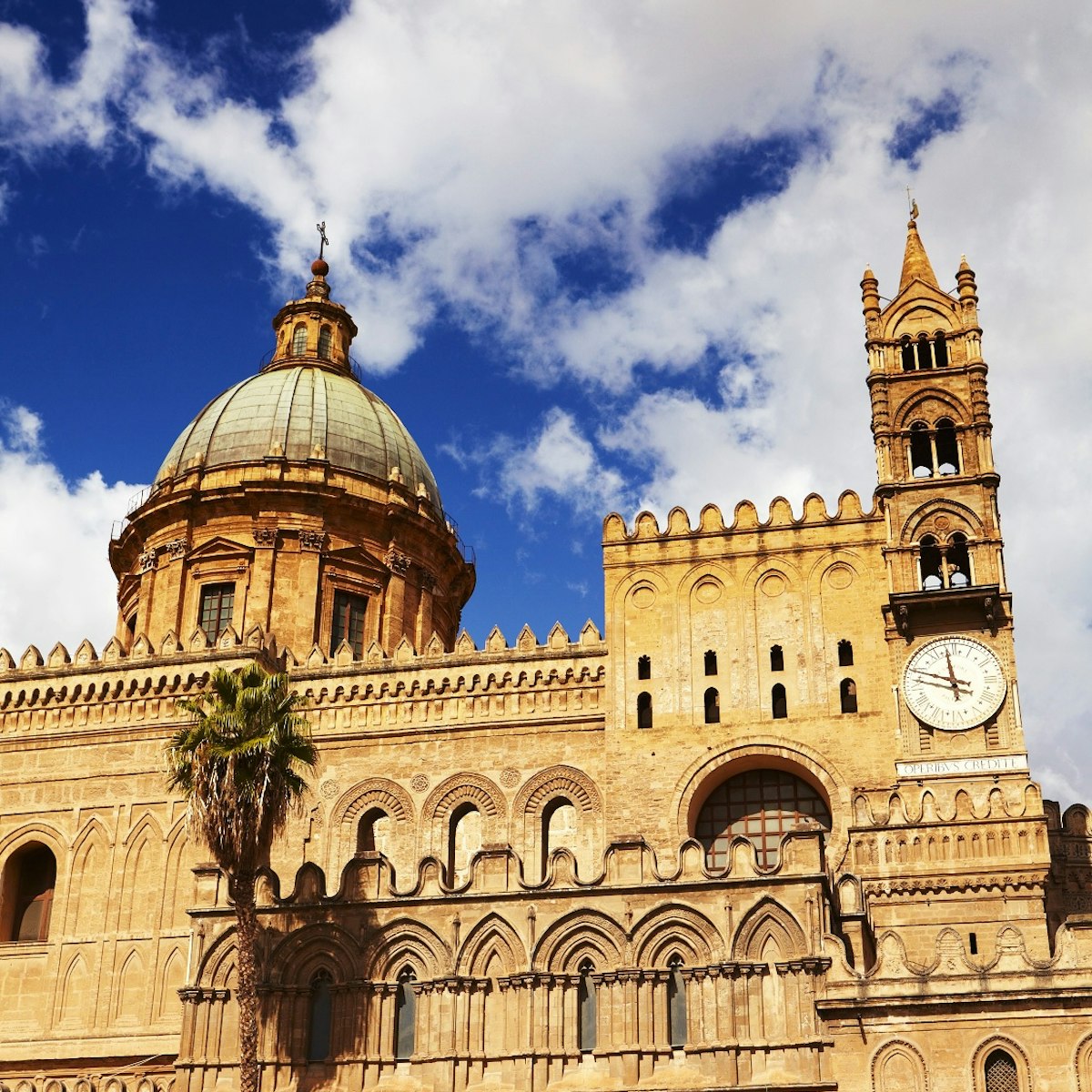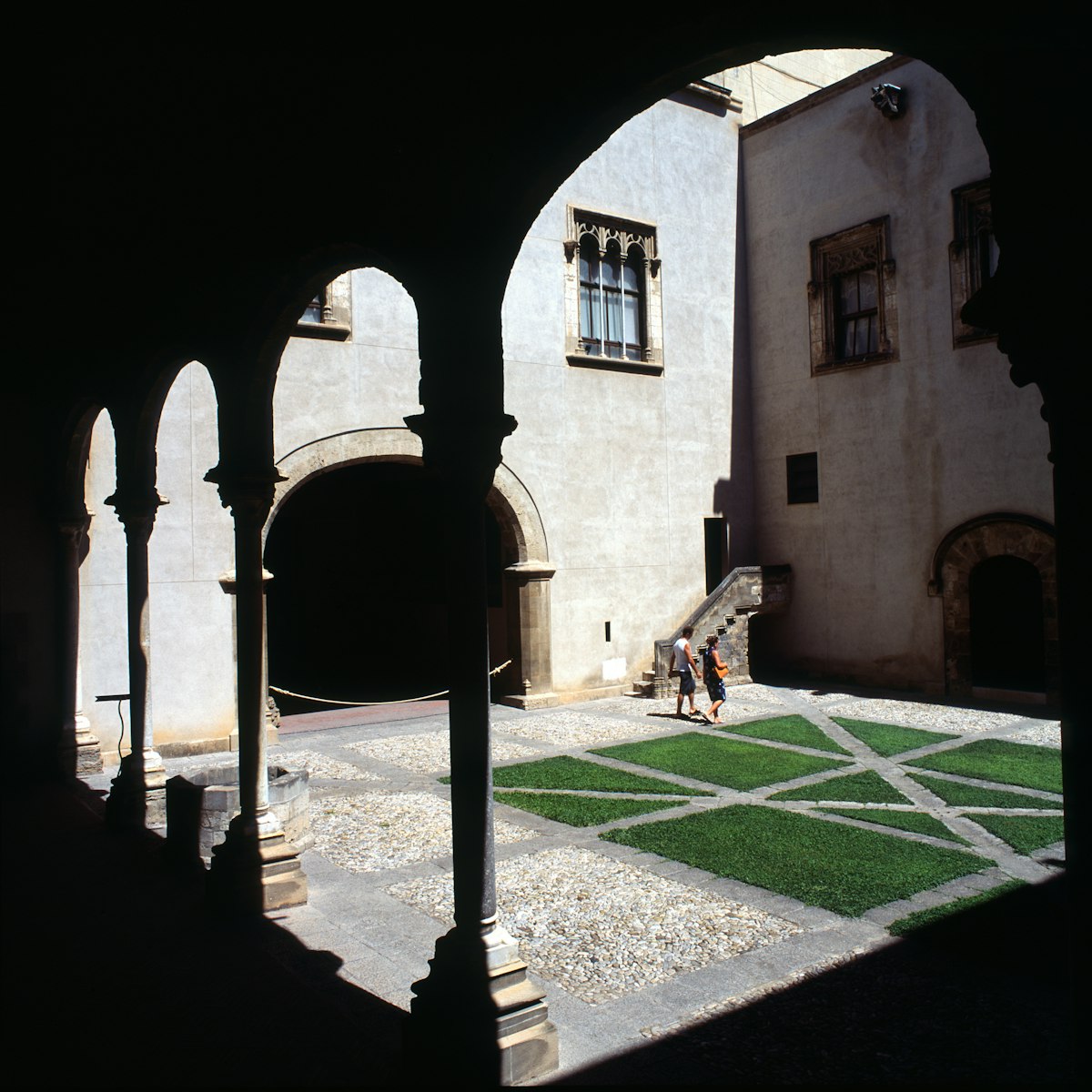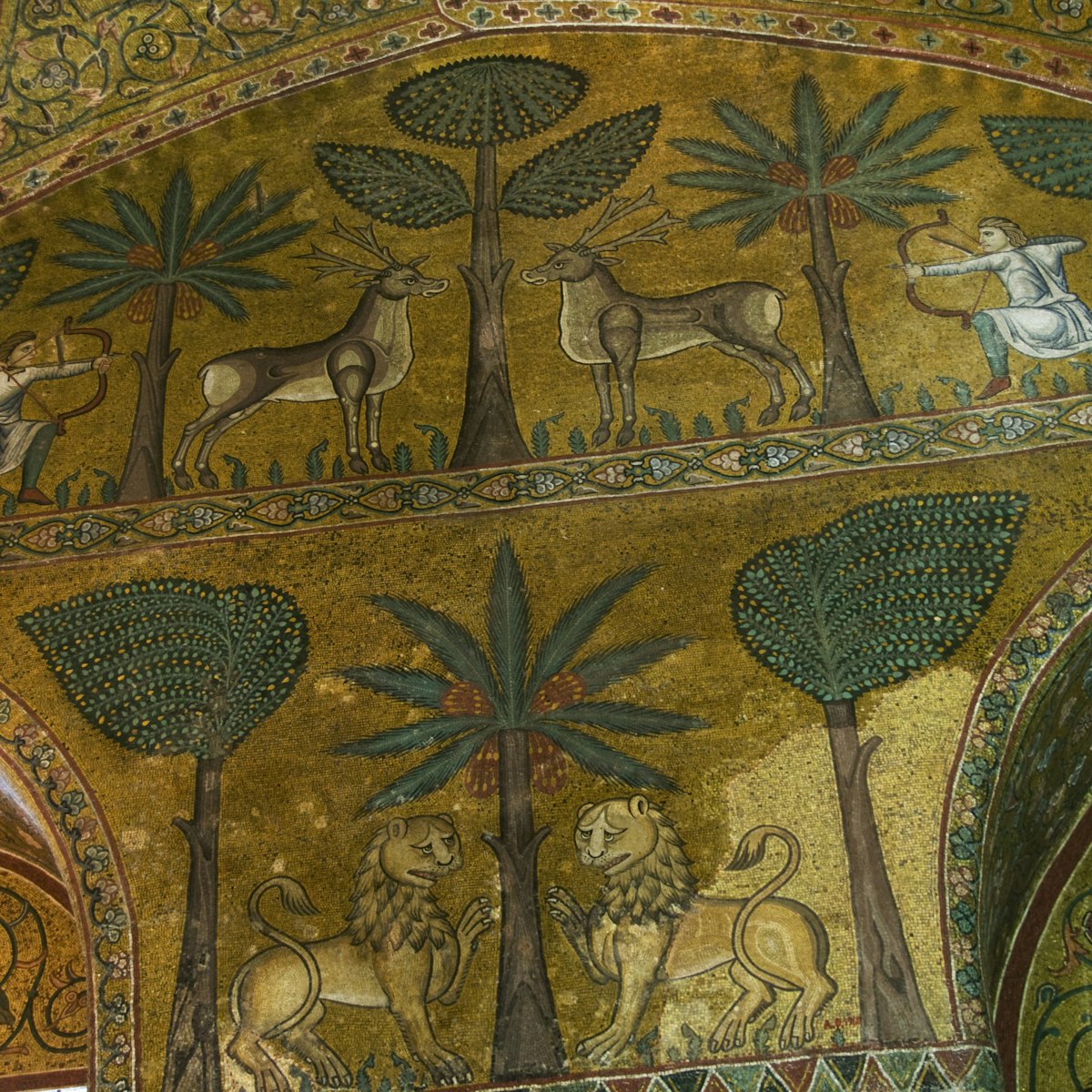Built as a hospice in the early 14th century and transformed into a Dominican convent the following century, this monastic complex wows with its magnificent maiolica cloister, surrounded by unique balconied cells and punctuated by an 18th-century fountain by Sicilian sculptor Ignazio Marabitti. The convent's rooftop terraces offer spectacular views of the surrounding piazzas and city, while the church's baroque interior harbours works by prolific artists, among them Filippo Randazzo, Vito D'Anna and Antonello Gagini.
Randazzo executed the vault fresco depicting the Triumph of Saint Catherine, while D'Anna created both the Triumph of the Holy Dominicans fresco in the dome and the Allegories of the Four Continents in the dome's pendentives. In the transept, Andrea Palma's 18th-century altar to St Catherine frames Antonello Gagini's 16th-century sculpture of the saint. Notable 17th-century paintings decorate the side chapels, among them The Virgin (second chapel on the left) and The Deposition (first chapel on the right), attributed to Vincenzo Marchese and Giacomo Lo Verdo, students of baroque master Pietro Novelli.
Beside the church, in the ticket office, note the ruota (wheel) below the counter, used by the cloistered nuns to pass their baked sweet treats to customers, as well as to receive abandoned infants. While the last nuns moved out in 2014, their tradition of baking lives on at the convent's onsite bakery I Segreti del Chiostro, which specialises in the traditional sweets made for centuries in Sicilian convents.







